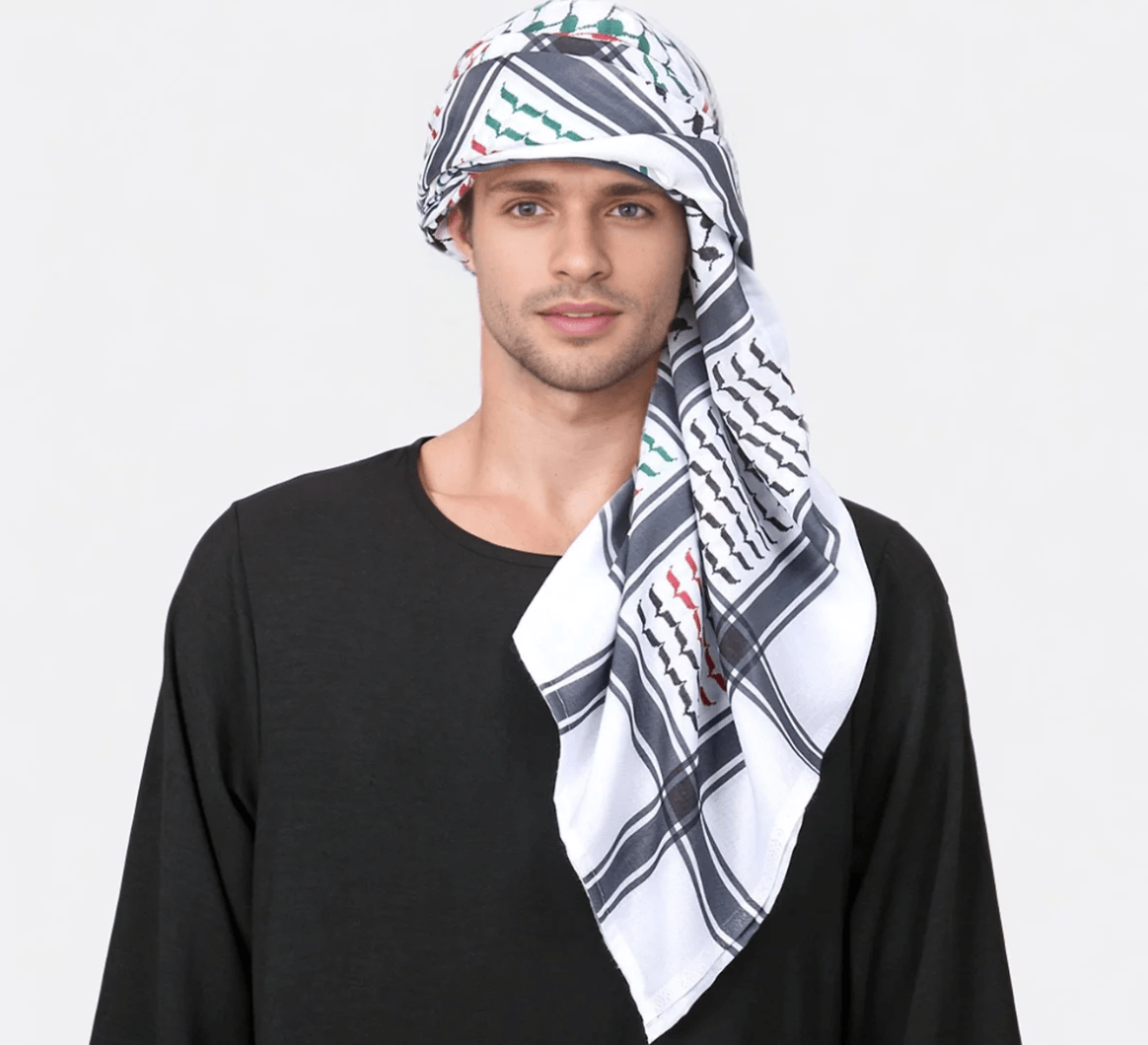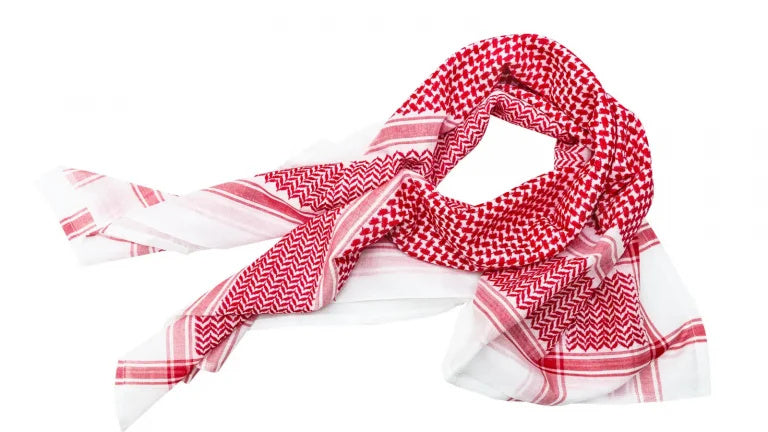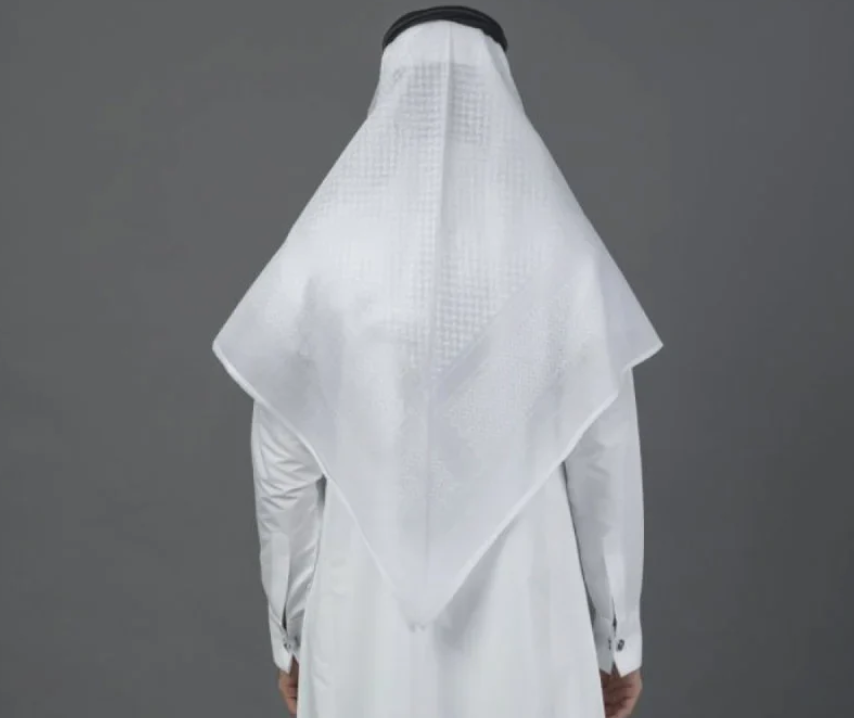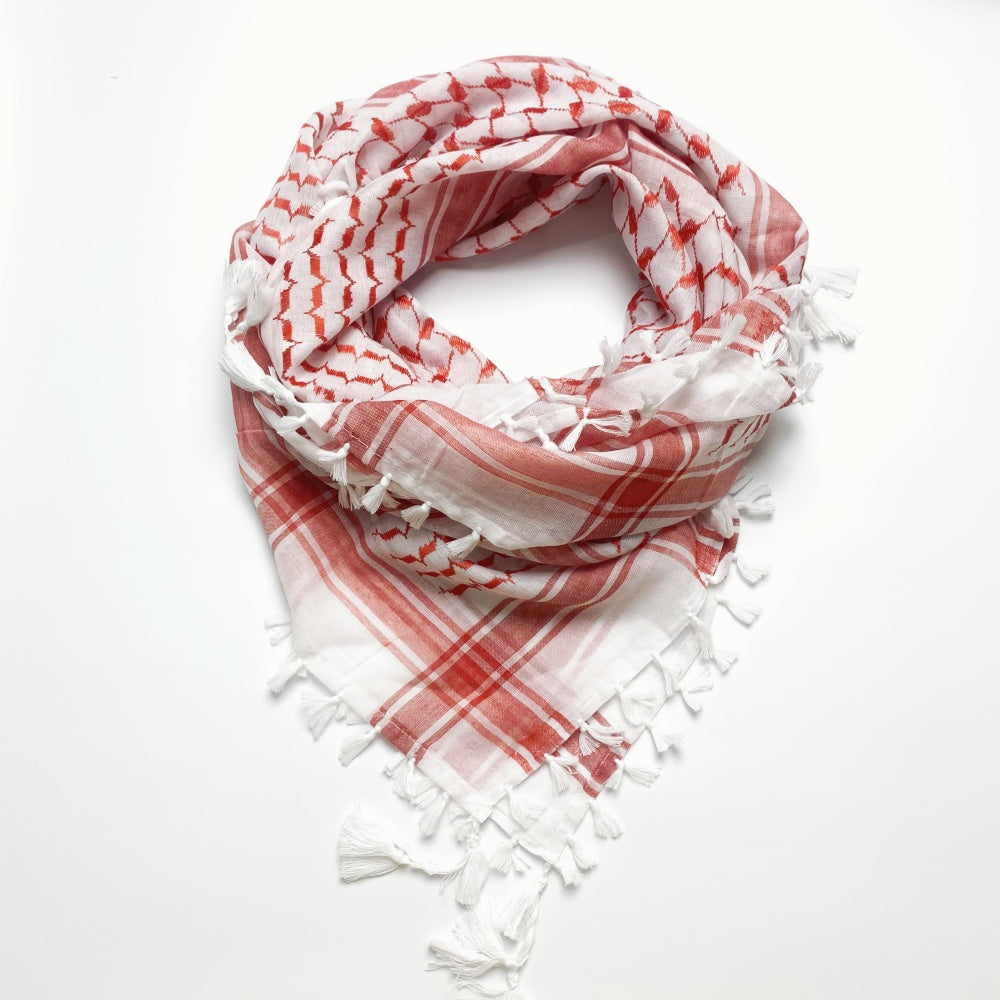
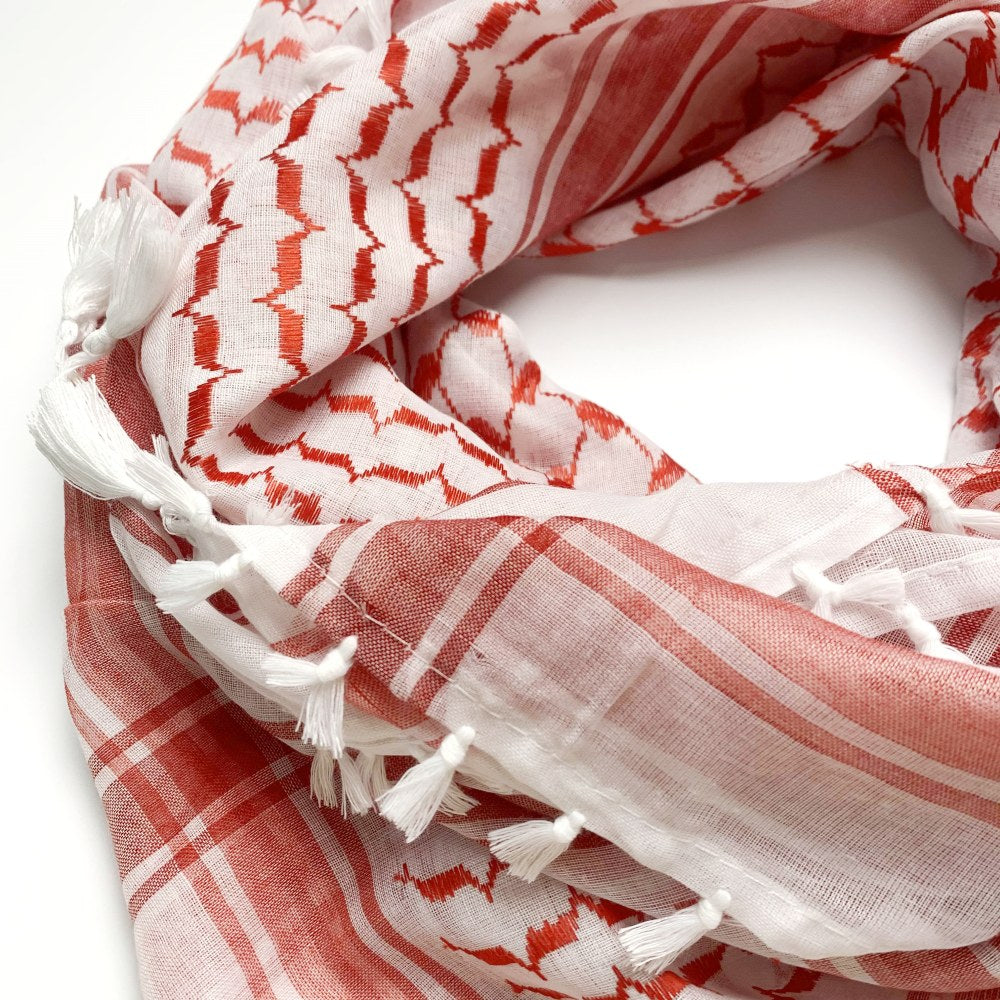
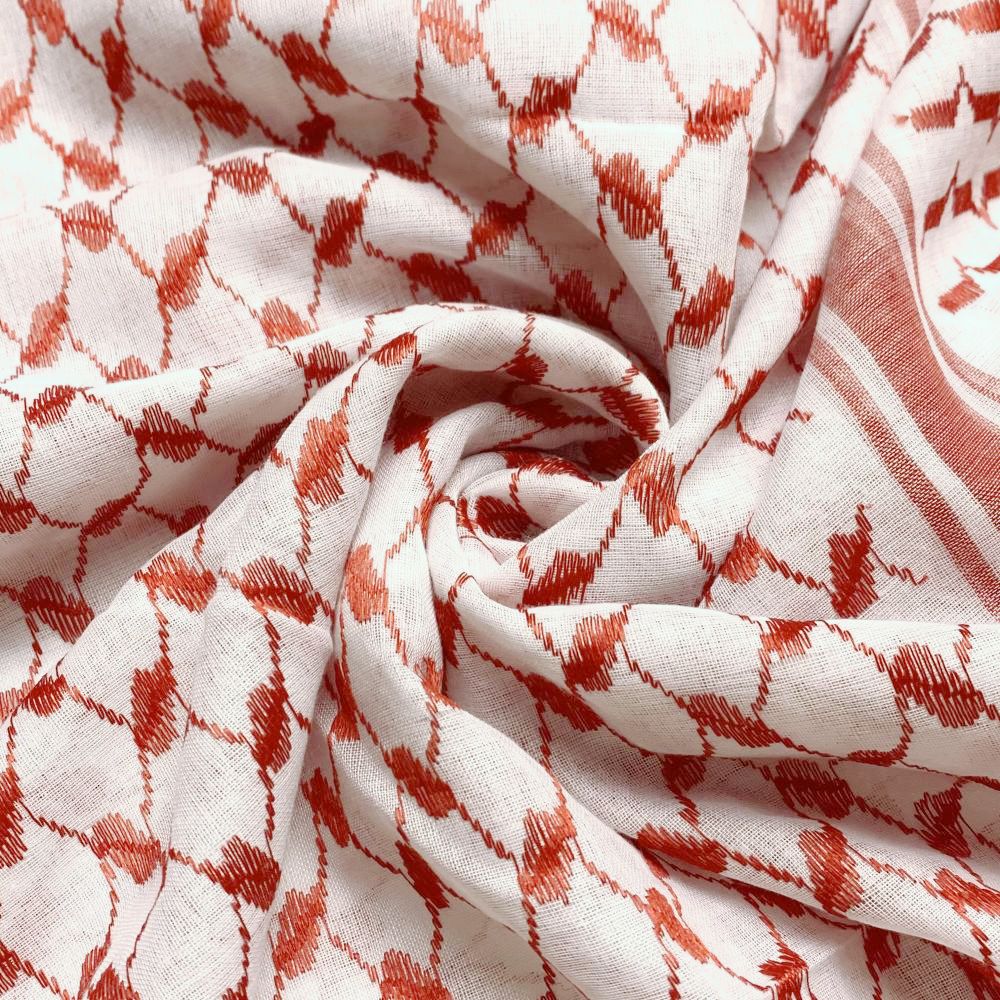
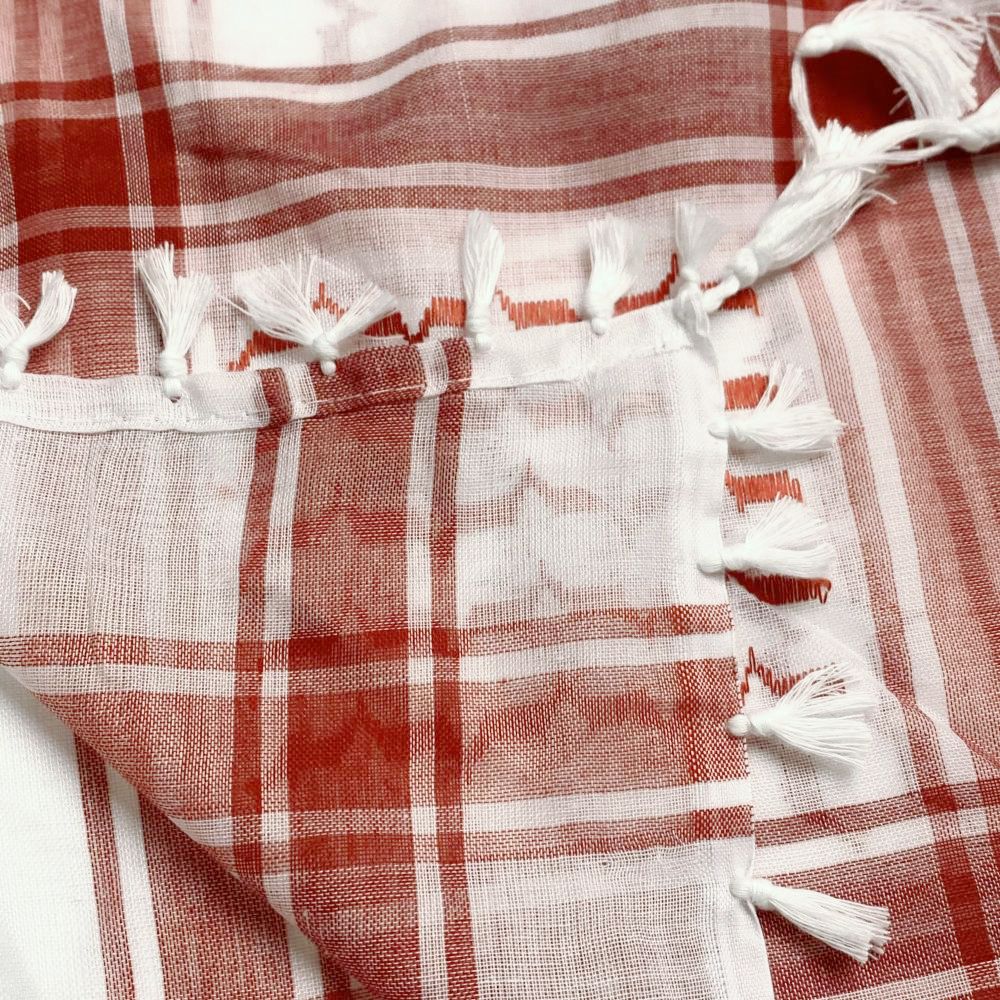
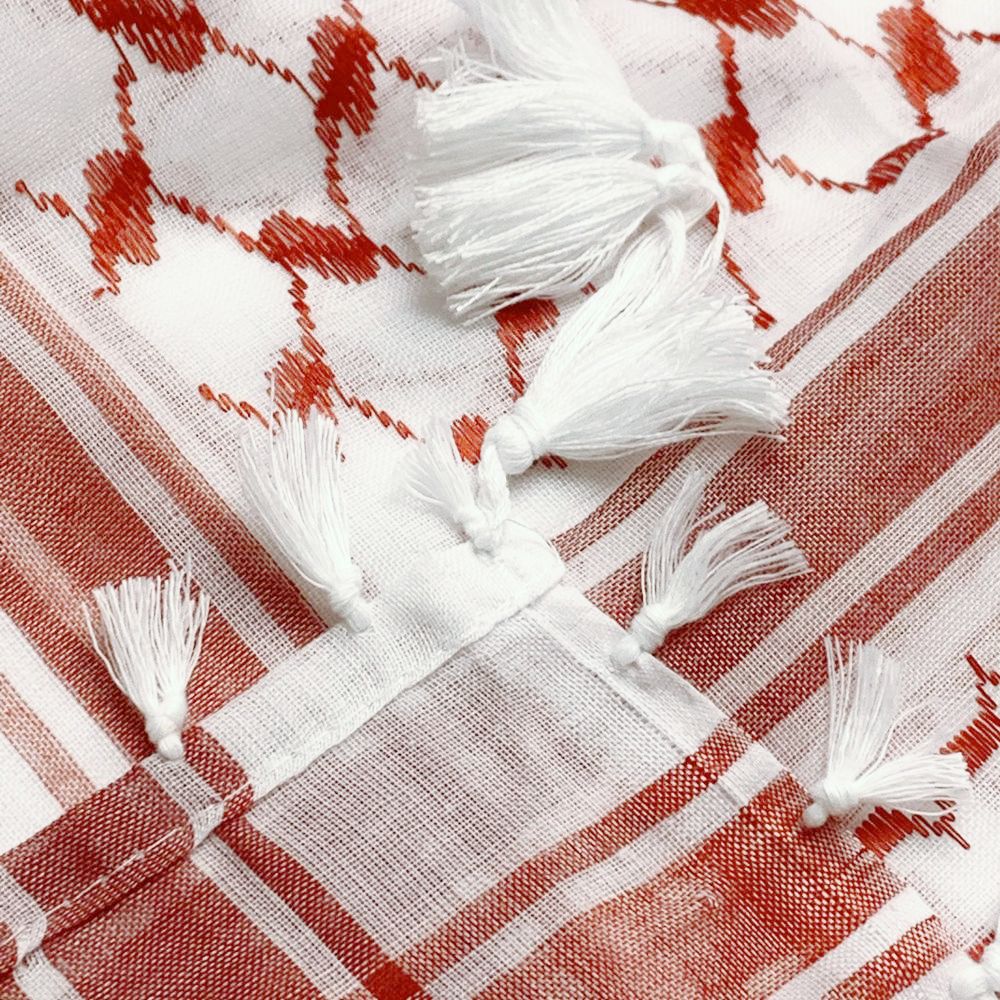
- Description
- Shipping
- Reviews
Product Description:
-
Stylish Design Inspired by Justin Bieber:
Embrace the iconic look with our Justin Bieber Keffiyeh, featuring the same trendsetting style that has captivated fans worldwide. Perfect for those who want to make a fashion or political statement.
-
Premium Quality Material:
Made from high-quality, breathable fabric, this head scarf saudi arabia ensures durability and comfort. Soft to the touch, it's designed to withstand daily wear while providing a lightweight feel.
-
Versatile Wear for Any Occasion:
Whether you’re heading to a concert, casual outing, or simply want to enhance your streetwear look. Easily drape it around your neck or wear it as a headscarf for a versatile accessory.
-
Unique Gift for Bieber Fans:
Looking for the ideal gift? This kuffeye is a fantastic choice for Justin Bieber enthusiasts and fashion lovers alike. Share the love of style and music with friends and family.
-
Easy to Style and Care:
Our head scarf saudi arabia is not only fashionable but also easy to maintain. Machine washable and quick-drying, it retains its vibrant look and soft feel wash after wash, making it a practical addition to your wardrobe.
Key Attributes:
| Brand Name: |
Rose
|
| Product name: |
Justin bieber keffiyeh
|
| Item Type: |
Keffiyeh
|
| Material: | 100% polyester |
| Printing Methods: | Digital Print |
| Size: | 130cm x 130cm ( 51.2"W x 51.2"L ) |
| Weight: | 200g |
| Packing: | 1pc/opp Bag |
| MOQ: | 10pcs |
| Color: | Red and white or customized color |
| Gender: | Woman |
| Pattern: | Fishing nets, olive leaves, bold lines |
| Season: | All season |
| Region/country: | USA, UK,Europe |
| Place of Origin: | Yiwu, Zhejiang, China |
| OEM & ODM: | Accept OEM ODM Services |
|
Sample time:
|
5-7 days
|
| Delivery time: | Retail: 1-3 days wholesale:10-15 days |
| Sales model: | Have stock-Retail, Customized-Wholesale |
| Shipping way: | Express,air,sea,rail,truck |
| Payment: | Paypal,Credit card,Visa,Payoneer(customized design support 30% deposit |
At https://womanscarf.com/(the “Site”), we want to ensure you receive your orders in a timely and efficient manner. This Shipping and Taxes Policy describes our shipping and delivery process, as well as our tax collection practices.
- Processing Time
Most orders received before 5:00 p.m. Eastern Time, Monday through Friday, are shipped within 5 working days! Orders placed on Saturdays, Sundays, or holidays will be processed the next business day. As a security precaution, initial orders and orders shipping to alternate addresses may be held for extended verification. We reserve the right to make partial shipments, which will not relieve you of your obligation to pay for the remaining deliveries.
- Shipping Options and Charges
We offer various shipping options for your convenience, including standard, expedited, and international shipping. Shipping charges will be calculated based on the shipping option selected and the destination address. Shipping charges will be shown on your order form before you submit your order.
- Order Tracking
Once your order has shipped, we will provide you with a tracking number so you can track your package online. You will also receive email updates on the status of your order and estimated delivery date.
- Delivery Issues
If you experience any issues with the delivery of your order, please contact us immediately. We will work with our shipping carrier to resolve any issues and ensure your order is delivered as quickly as possible.
- Shipping Restrictions
We currently do not ship to certain countries or regions. Please check our website for the most up-to-date list of shipping restrictions.
- Taxes
A separate charge for taxes will be shown on the invoice. We are required to collect sales tax of 12.5% on all orders shipped to all Indian states. This tax is included in the prices displayed on our website.
- Title and Risk of Loss
All items purchased from our website are made pursuant to a shipment contract. This means that the risk of loss and title for such items passes to you upon our delivery to the carrier.
For more information on our shipping policies, including rates, delivery times, and delays, please refer to our Online Customer Service page or call us at 18058801462
Please note that this sample Shipping and Taxes Policy is for informational purposes only and is not a substitute for legal advice. You should consult with a qualified attorney to ensure your Shipping and Taxes Policy complies with applicable laws and regulations.
Why Choose Us?
-
Low MOQ for Custom Wholesale
Whether you're a small business or a large enterprise, we cater to your specific requirements with minimal order quantities, making customization easier than ever.
-
Wide Variety of Options
Explore our rich collection of scarf, available in various styles, colors, and arrangements, ensuring there's something for every occasion and preference.
-
Stable and Reliable Supply
Rest assured, we prioritize consistent quality and dependable delivery, supporting your business without interruptions.

Fabric selection:
High-quality pure cotton yarns or cotton blends are usually selected to ensure comfort, breathability and durability.
In some seasons, wool or other natural fibers may be used to increase warmth retention.
Discover the benefits of working with us and how we can help you grow your business. To learn more about our offerings and services, please click here or Email me at rosescarf@foxmail.com or add whatsapp 0086-18314991443 for a quick quote.
Iris-Rose Scarf's Export Manager
Tel/whatsapp:0086-18314991443
Email:contact@womanscarf.com
Add:Yiwu city, Zhejiang province,China,322000
P.S. Special Offer for New Customers!
Act now!, enjoy an exclusive 10% discount on your first order! Don’t miss this opportunity to stock up on high-demand scarves at unbeatable prices

Frequently Asked Questions (FAQs)
What is the minimum order quantity?
Our minimum order quantity (MOQ) is typically 10 scarves, but the exact number can be negotiated based on the product type and customer requirements.
Can scarves be customized in color and pattern?
Yes, we offer customization options for both color and pattern of scarves. Customers can select colors and designs according to their brand image or market demands.
Do you have your own factory?
We are scarf manufacturers with our own factories located in Yiwu and Shenzhen.
Do you provide samples?
Yes, we can provide samples for customers to evaluate. The cost of the samples can be deducted from subsequent bulk orders.
What is the lead time for delivery?
The standard lead time for delivery is 4-6 weeks after placing an order. The exact time depends on the order quantity and customization requirements. We will provide an accurate delivery date upon order confirmation.
How are shipping costs calculated?
Shipping costs are calculated based on the order weight, destination, and chosen mode of transportation. We will provide detailed shipping cost information upon order confirmation.
Collections
-
Keffiyeh Men Scarf
The Keffiyeh (or Shemagh, Hatta) is a traditional Middle Eastern and Arab...
-
Shemagh Men's Scarf
The Shemagh is a traditional Arabic shawl widely used in the Middle...
-
Ghutra Scarf
The Ghutra is a traditional Arab headscarf similar to the Shemagh, but...
You may also like
-
Example product title
Regular price $9.05 USDSale price $9.05 USDUnit price per
Regular price$10.89 USD -
Example product title
Regular price $9.05 USDSale price $9.05 USDUnit price per
Regular price$10.89 USD -
Example product title
Regular price $9.05 USDSale price $9.05 USDUnit price per
Regular price$10.89 USD -
Example product title
Regular price $9.05 USDSale price $9.05 USDUnit price per
Regular price$10.89 USD






